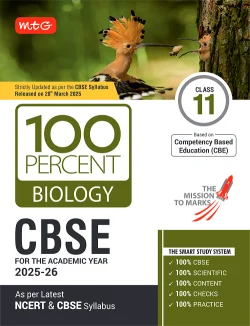The all new CBSE resource – Chapterwise Instant Notes is based on the new, revised and rationalized CBSE syllabus. This book ensures that CBSE students have the perfect revision material right by their side. After preparing the whole chapter and finishing the practice, it’s not possible and nor is it feasible for students to go through the whole chapter again in the name of revision. Therefore, it’s best if they stick to a small book that provides them quick revision whenever they want.
- Quick recap notes in each chapter.
- Complete chapter presented in the form of subjective questions.
- Complete coverage of the latest CBSE syllabus.
- The long questions and answers cover the whole chapter in a thorough manner.


 Free delivery in India for orders over Rs. 1,100.00.
Free delivery in India for orders over Rs. 1,100.00.























